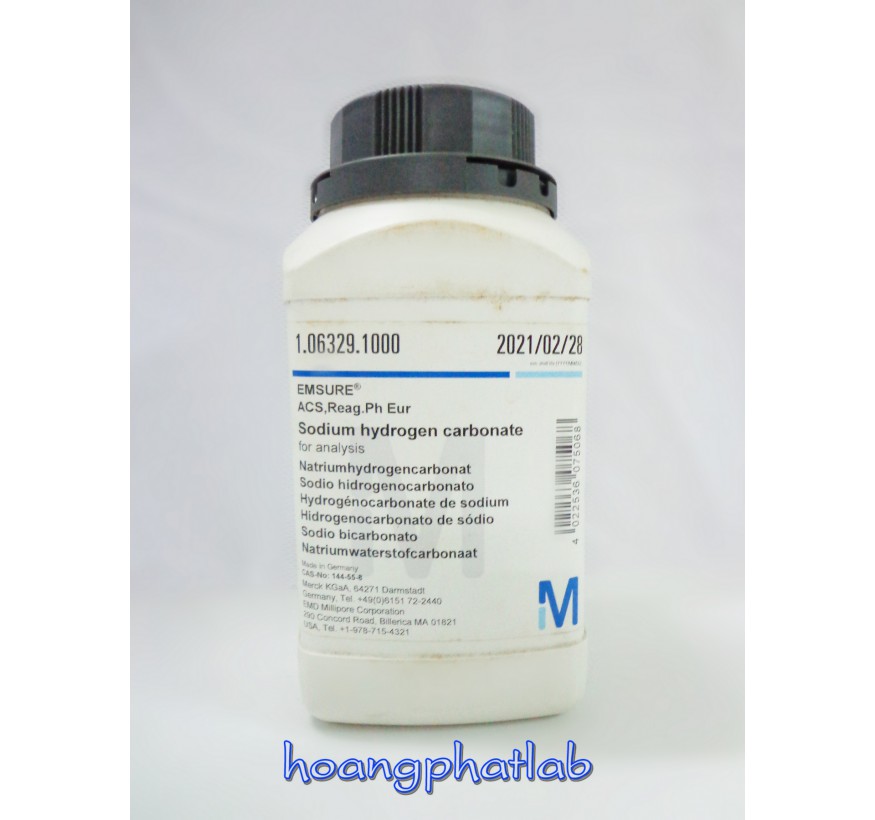

It is a gaseous reaction so without the balloon attached to the reaction vessel the gas escapes and the mass will seem to decrease. The fact there is no loss in mass when any carbonate reacts with the acid is to demonstrate the conservation of mass. Because carbon dioxide is heavier than air, it cannot easily escape away from the reaction so it appears to flow down over the edges of your cup cake tin looking a little like lava flowing out of a volcano. The carbon dioxide gas produced rushes away from the solution. The ethanoic acid reacts with the sodium hydrogen carbonate to form carbon dioxide gas and water.Įthanoic acid + sodium hydrogen carbonate ↓ sodium acetate + water + carbon dioxideĬH 3COOH + NaHCO 3 ↓ NaCH 3COO + H 2O + CO 2 What does this tell you about the chemical reaction? Theory: Repeat with different carbonates and compare the changes in mass.Watch what happens and describe what happens to the mass.Now turn the balloon up so the carbonate falls into the bottle and swirl to mix the chemicals.Find the mass before you mix the two chemicals.Put the carbonate inside a balloon and fix this on the top of a jar without pouring the carbonate into the bottle.Put the ethanoic acid inside a bottle with a narrow mouth.Try comparing the change in mass when you use different carbonates Use a teaspoon to add one heaped spoonful of sodium hydrogen carbonate into each coloured solution.Repeat with each of the other muffin cups, each time using a different colour. In one of these muffin cups put 3-4 drops of the first food colouring.Half -fill four muffin cups with ethanoic acid.Cover the table with newspaper in case of spillage (this is very likely).Narrow necked bottle or 100cm 3conical flask, or 25cm 3 measuring cylinder.potassium carbonate ( Harmful if swallowed, irritant), calcium carbonate ( Low Hazard) blue, red, green and yellow) these need to be artificial since ‘natural’ ones are not concentrated enough Ethanoic acid (white vinegar) (250 cm 3) Low hazard.Sodium hydrogen carbonate (bicarbonate of soda or baking powder) (50 g) Low hazard.Like all good science-artists, you decide to investigate further… Equipment: You wonder if there’s a way you could simulate your own mini-eruption. You are an Ancient roman science-artist and you have just heard how Mount Vesuvius has erupted- covering the large areas, including the towns of Pompeii and Herculaneum in lava and ash.īy all accounts, the eruption was both horrifying and very exciting. Explaining my results using my scientific knowledge and understanding, making sure to use key words like reaction, fizzing and gas.Experimenting to see what happens when I mix ethanoic acid with sodium hydrogen carbonate.RSC Yusuf Hamied Inspirational Science Programme.Introductory maths for higher education.The physics of restoration and conservation.


 0 kommentar(er)
0 kommentar(er)
